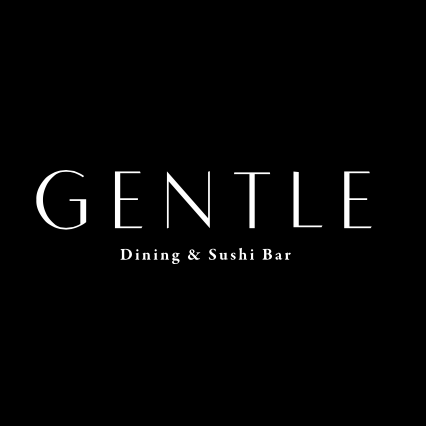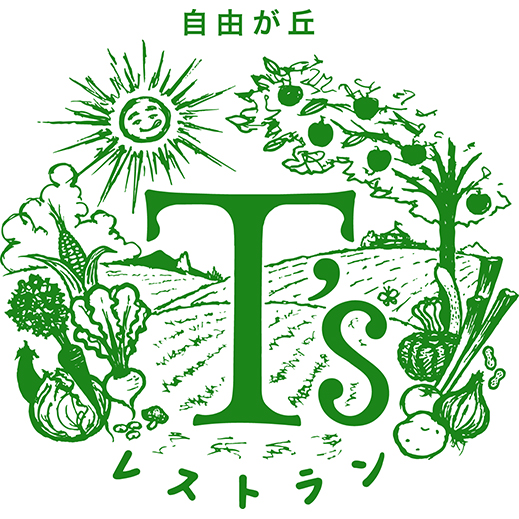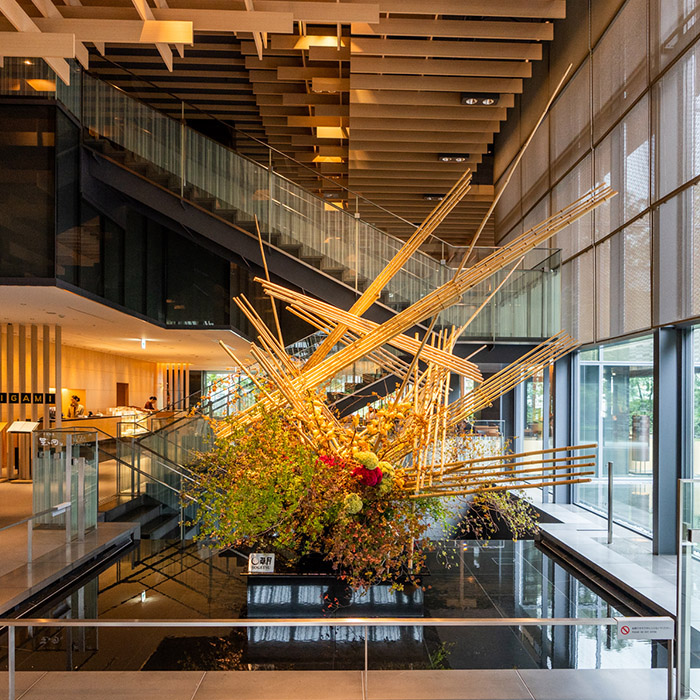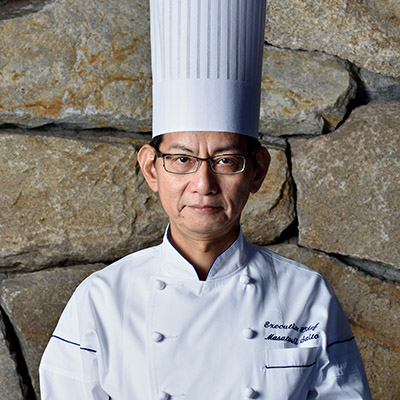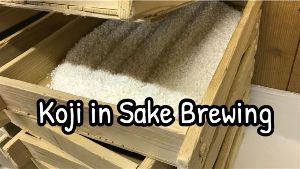May 15, 2023
The Presence of Foreigners as Buyers of Vacant Houses is Slowly Increasing

The environment surrounding vacant houses is becoming increasingly severe due to the aging and declining population. According to the Ministry of Internal Affairs and Communications' Housing and Land Survey, the number of vacant houses nationwide was about 8.49 million in 2018, about 1.5 times more than in 1998. The percentage of all housing units reached 13.6%.
A significant concern for the Japanese is that one of every seven houses is vacant. But it is attractive to those on the other side of the ocean. There has been much buying activity here by people holding off on looking for properties under the new coronavirus.
The problem of vacant houses is a common issue in rural areas. While increasing the number of foreign buyers will only solve some problems, an excessive number of uninhabited residences will lead to a deterioration of the surrounding environment and a decline in the community's vitality.
To realize a multicultural society, creating an environment that is easy to live in while mutually recognizing differences in traditions, lifestyle customs, and values is essential.
Professor Yasuhiko Nakashiro of Meikai University, an expert on vacant house issues, pointed out, "The government and others should act as a bridge and proactively create opportunities for foreigners and residents to interact and deepen understanding." "If the positive perception of vacant houses spreads through foreigners who have integrated into the community, the negative image Japanese people have of them will fade away, and will be regarded as valuable assets."
